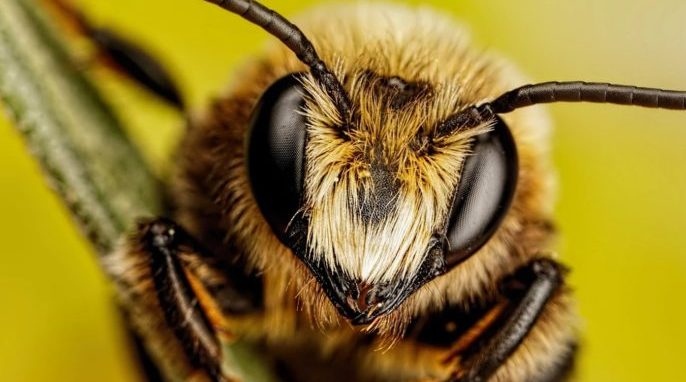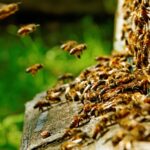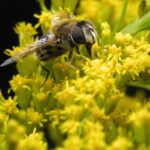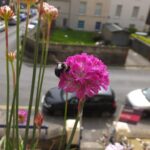The Brainy Life of Bees
By Jonathan Trinastic
@jptrinastic
The thought of worker bees buzzing about their colonies in service of the queen may not suggest a rich mental life at first. However, two experiments run by separate teams at Queen Mary University of London reveal a surprising potential for bumblebees to learn novel tasks as well as experience mental states similar to human optimism. The findings suggest that bees can transfer learned skills across generations—one of the primary requirements for primitive culture.
I’m just pulling your string
Crows, apes, and dolphins get plenty of attention for their high intelligence and capability for social learning. Even monkeys shave off pieces of rock that could be used as rudimentary tools (although they may just do this to lick off hidden nutrients). Bees do not carry this same reputation, but they do have a history among researchers of passing intelligence tests. In the past, bumblebees have shown a basic ability to categorize objects and learn about food sources by observing other bees.
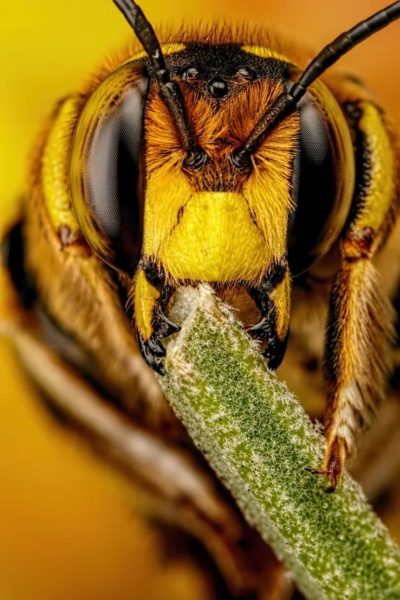

These skills are a great place to start, but one sign of greater intelligence is the ability to learn tasks not natural to an animal’s environment. To test this ability in bumblebees, researchers hid a sugar-infused artificial flower underneath a clear plastic table. Bees had to pull a string to retrieve the flower from under the table and get the sugar. Only a couple of bees out of 110 spontaneously discovered this solution. However, most were able to be easily trained to use the string to access the sugary prize. Researchers next collected dozens of bees and kept them behind a clear wall so those bees could watch another bee perform the same string-pulling task. Although almost no bees could figure out the solution alone, about 60 percent of the bees solved the task immediately once they observed another bee completing it first.
Training bees is one thing, but having them take a new skill back to their colony is another feat entirely. Researchers planted the trained bumblebees in natural colonies and sat back to watch what would happen. Amazingly, other bees continued to learn the task by watching the trained bees pull the string. This knowledge passed through multiple generations of bees, as learners became teachers over time. “This suggests that so long as animals have a basic toolkit of associative and motor learning processes, the key ingredients for the cultural spread of unusual skills are already in place,” the researchers state. This is yet another example that culture is not a unique prize saved for humans, but rather exists to various degrees across the animal kingdom.
To try just one more time
So, bees have shown unexpected cognitive abilities, but can they actually feel? Emotions such as grief, joy, optimism, and despair have long belonged to the realm of people and poets, but evolutionary science says that these experiences should have roots in past species. This possibility is at the heart of a second study out of Queen Mary University that elicits bumblebee behavior remarkably similar to human expressions of optimism.
Emotions can be difficult to study because they are intrinsically subjective experiences. Thus, care should be taken when directly labeling an animal experience as “emotional.” However, one way researchers can bypass this difficulty is by defining a concrete phenomenon measured in both humans and animals that serves as the definition for an emotional or affective process. This method, known as operationalization, is quite common in psychology and other social sciences where it is difficult to directly measure intrinsically private experiences. Even if someone disagrees with a particular operationalized definition, this process at least provides a systematic framework to change or improve.
Tweet about it: How intelligent is the humble bumblebee? You might be surprised.
In the case of this new study, researchers operationalized positive affect as the experience elicited by a reward. To create such an experience, bumblebees were placed in a box with either a green container containing sucrose (their reward) or a blue container containing only water (a boring, bland non-reward). The bees were trained to associate the green color with the reward, and they flew faster to retrieve the sugar compared to the water.
Now comes the experimental trick. After extensive training based on the green/sugar and blue/water combinations, bees were presented with a box with an ambiguous color somewhere between green and blue. Essentially, researchers forced the bees to make an inference about the content of the box based on past experience. Surprisingly, bumblebees that had been given large sucrose rewards in previous trials flew faster toward the ambiguously colored container, as if making a hopeful judgment about its contents.
Such a behavior is similar to optimism in humans—believing in a positive result in the future without having all the necessary evidence. But one more connection needs to be made for a definitive comparison to human affective states. Optimism in humans largely depends on reward/punishment centers in the brain governed by dopamine, a neurotransmitter. If the bees were truly in a positive state when chasing after the ambiguous container, the behavior should be controlled by dopamine levels. Indeed, when researchers applied a chemical that inhibits dopamine, the previous findings were completely erased. Previous sucrose rewards now had no impact on bees zooming toward the ambiguous container, their optimistic belief in a reward all but lost. Thus, both behavioral and neurological evidence suggests that bees experience lasting positive states similar to those of humans.
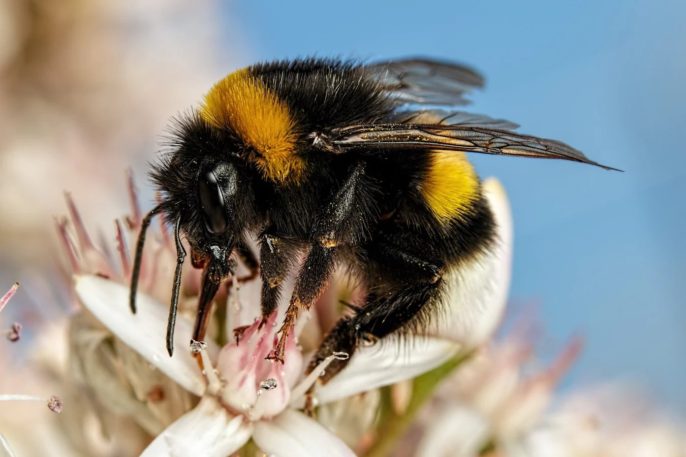

A little more like us
Questions remain for future experiments to answer. Most importantly, labeling positive emotion as the experience directly following a reward is just one definition. Other definitions should be tested to generalize these findings. In addition, the study does nothing to answer the question of a bee’s subjective experience of emotion. This realm of consciousness and feeling is notoriously difficult to pin down.
Nevertheless, these studies’ uncovering of more robust cognitive and affective lives of bees than previously imagined can teach us at least one thing: there are many experiences that link us to our earthly brethren, no matter if they have wings or stingers or fur.
—Dr. Jonathan Trinastic earned his PhD in physics at the University of Florida. He is interested in renewable energy technology and sustainable energy policies, as well as living by Ernst Schumacher’s mantra that “small is beautiful.” Read more of Jonathan’s work at his personal blog, Goodnight Earth, and follow him on Twitter @jptrinastic. All views expressed are solely his own and do not reflect those of his employer.
References
Alem, S. et al. “Associative mechanisms allow for social learning and cultural transmission of string pulling in an insect.” PLOS Biology, accessed online October 22, 2016.
Perry, C. J. et al. “Unexpected rewards induce dopamine-dependent positive emotion-like state changes in bumblebees.” Science 353, 1529-1531 (2016).
Featured image credit: John Kimbler

